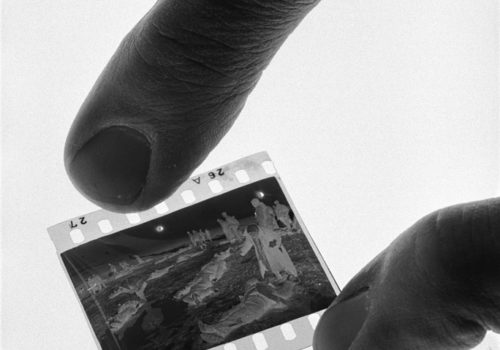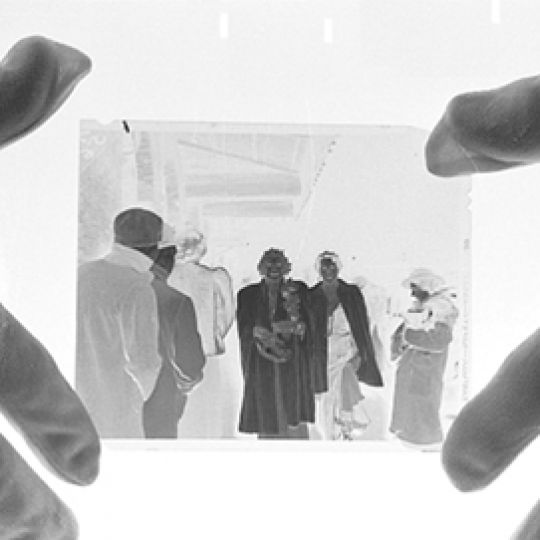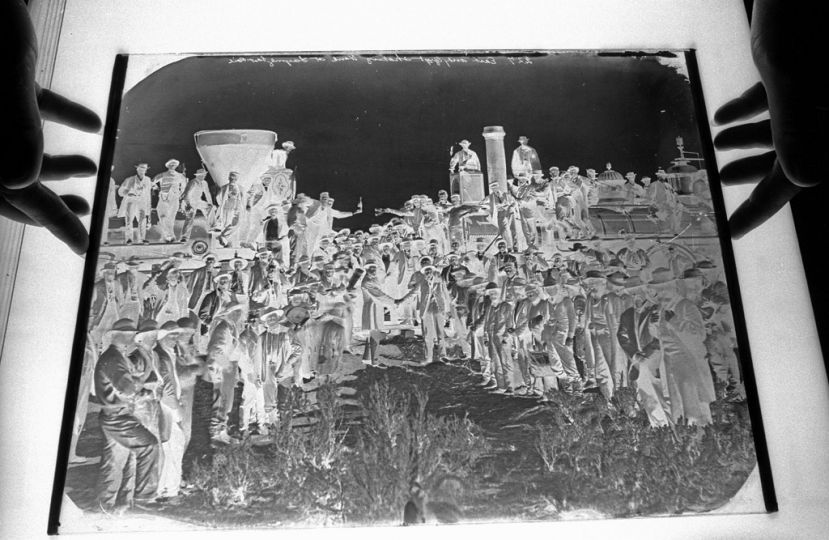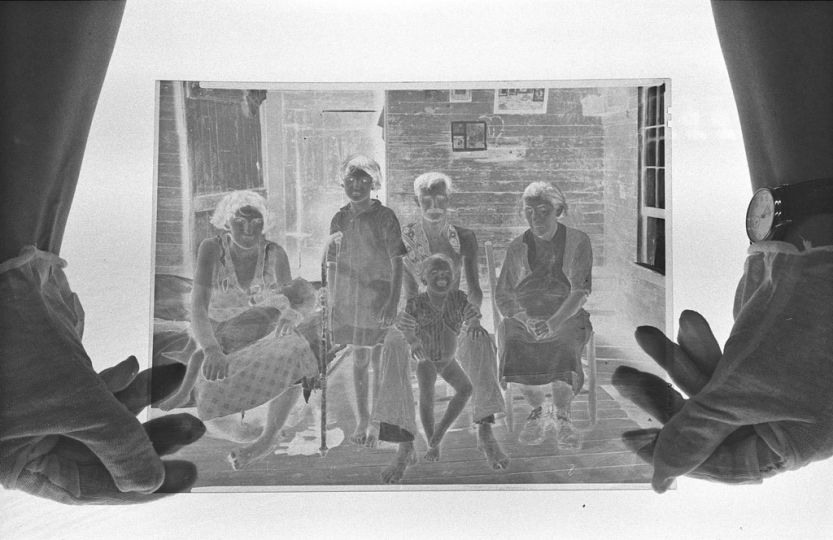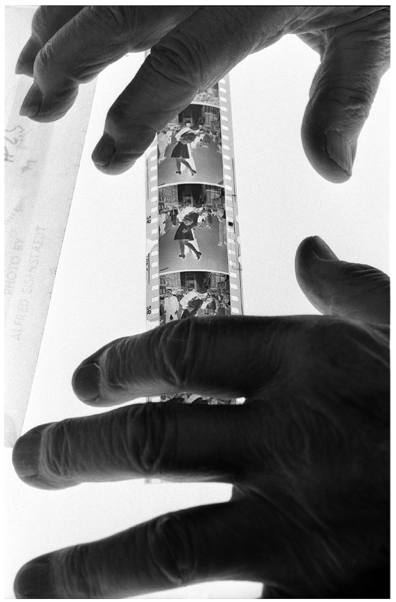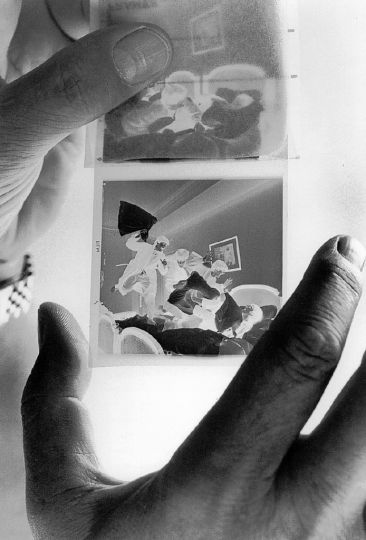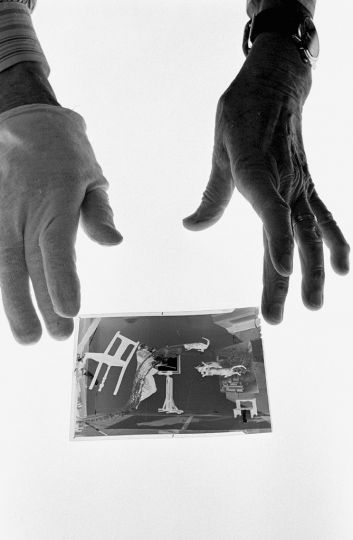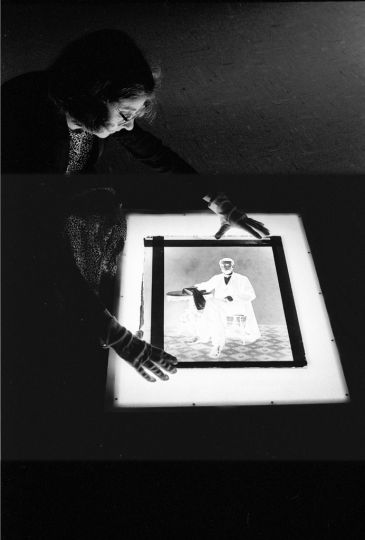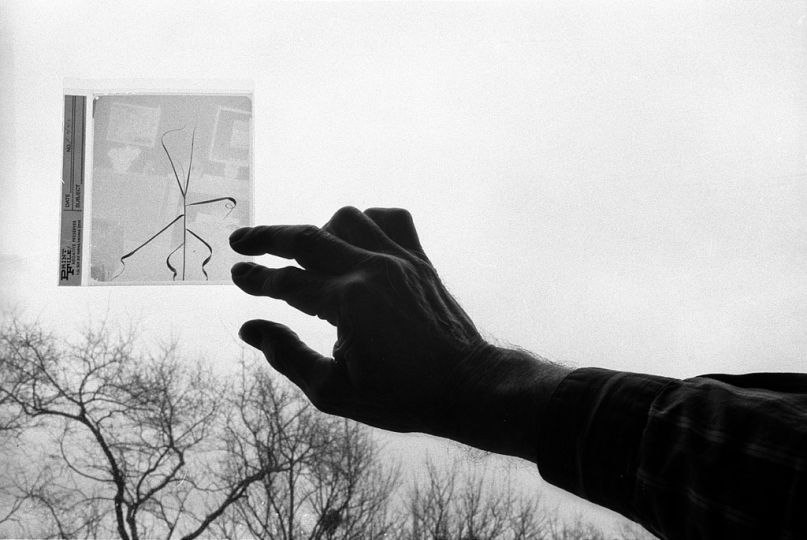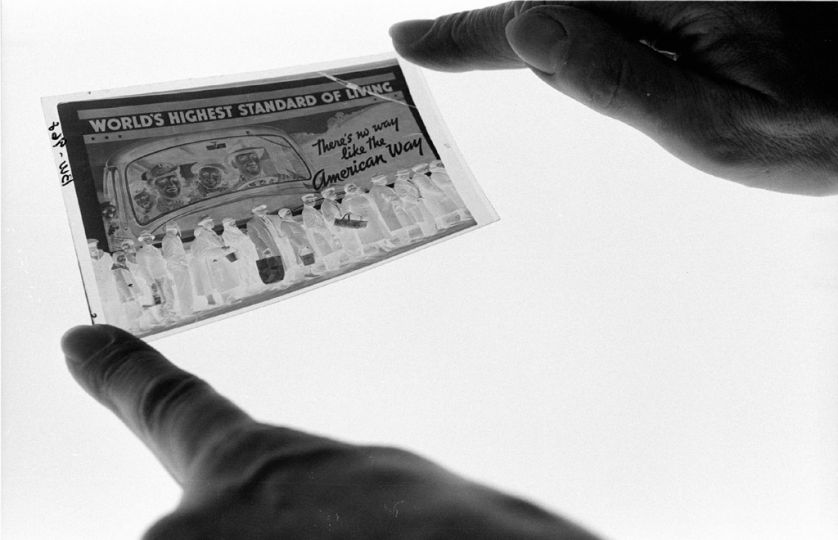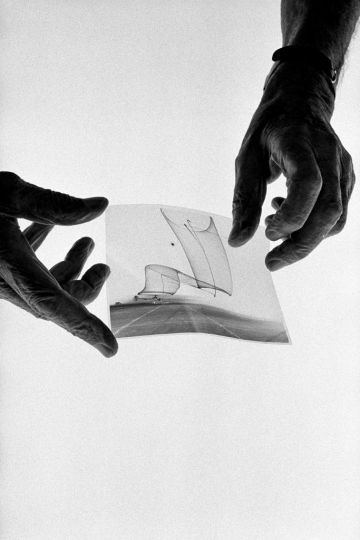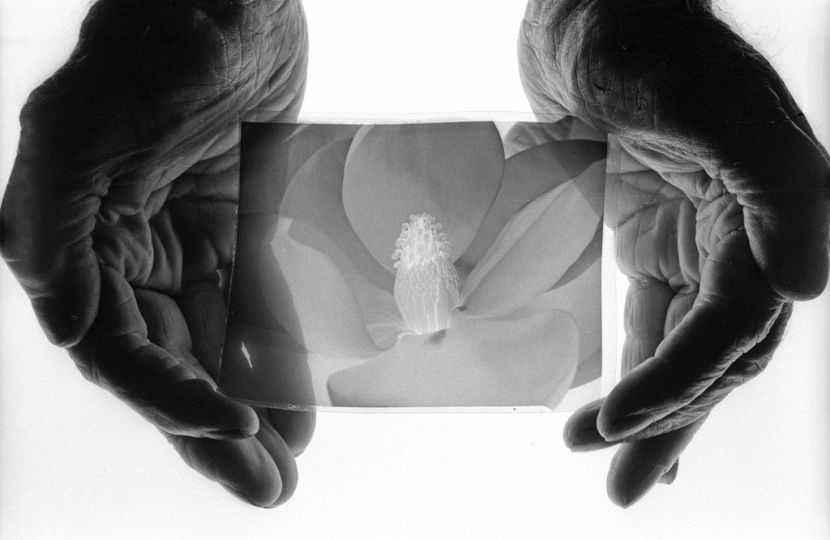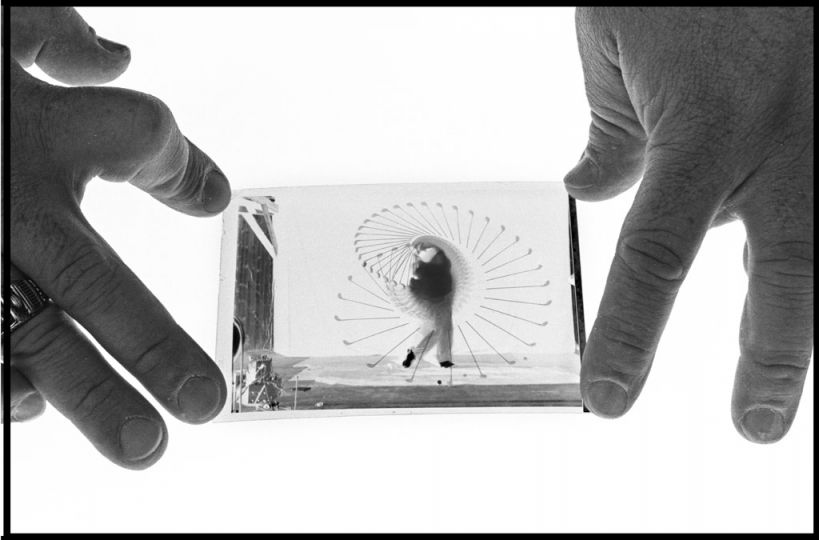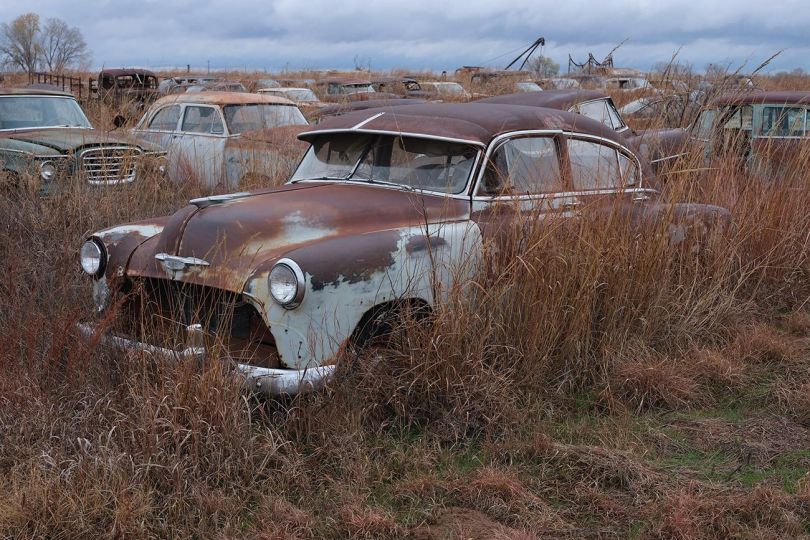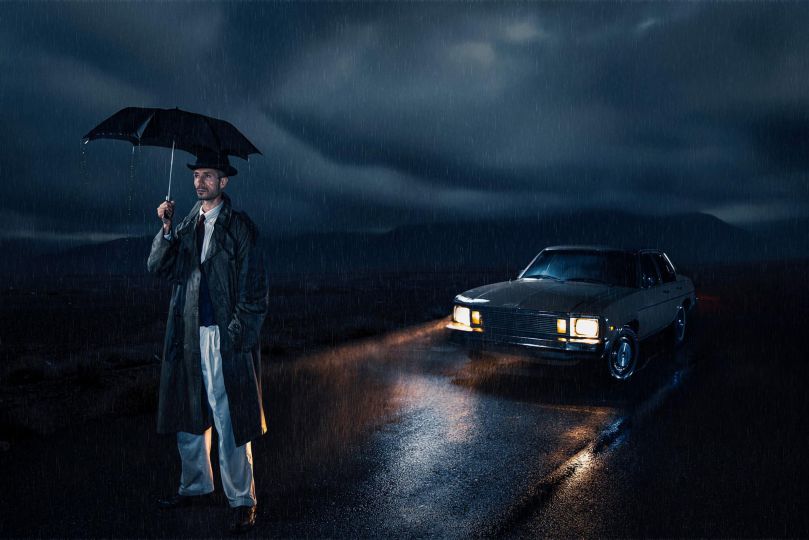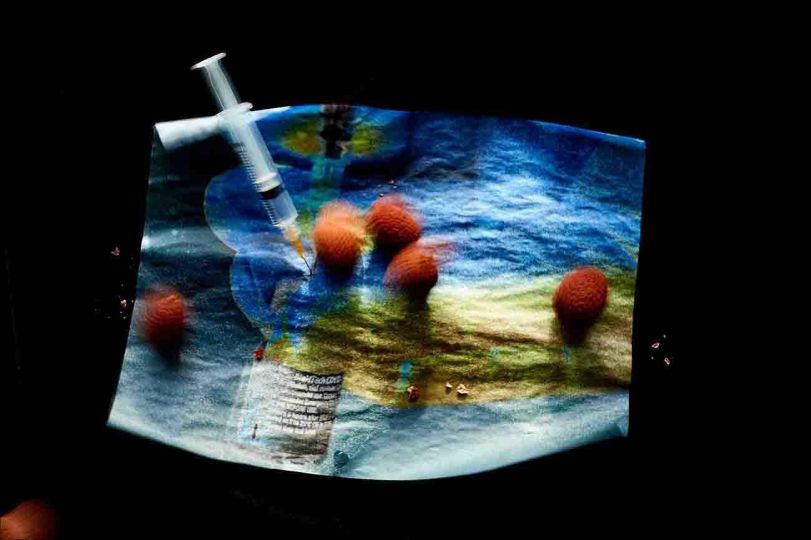Dmitri Baltermants, graduated in mathematics from Moscow University just before World War II and became a photographer. As a war correspondent for the newspaper Izvestiya, he flew into the Crimean town of Kerch in a small artillery-spotter plane. Close by the landing strip, men and women were identifying the bodies of 7,000 villagers executed by retreating Germans.
Photographs of the scene were published in Russia and the West, but poorly printed and severely cropped. After the war, Baltermants reclaimed his negatives from Izvestiya’s archives. Two dots (probably points where the film stuck together on the reel in the developing tank) mar the sky in the best negative. When making a print, Baltermants would add storm clouds from another negative. He thus hid a defect while increasing the drama of the picture.
Grief is one of the most moving photographs made during World War II. It was not noticed in the West until 1967 when it appeared in an exhibition titled Photography in the Fine Arts at New York City’s Metropolitan Museum of Art. Eleven museum directors and curators of painting were the jury for the show. A museum director from Philadelphia said he was not happy with the photograph because, it “didn’t work as an idea.” A director, from Boston agreed, and they voted not to include the print. The majority went along with the curator from the Virginia Museum of Fine Arts, who called it “one of the great pictures of the day.”
http://www.curatorial.com/john–loengard
Celebrating the Negative
by John Loengard
Release in 1994
Published by Arcade Publishing
http://www.johnloengard.com

